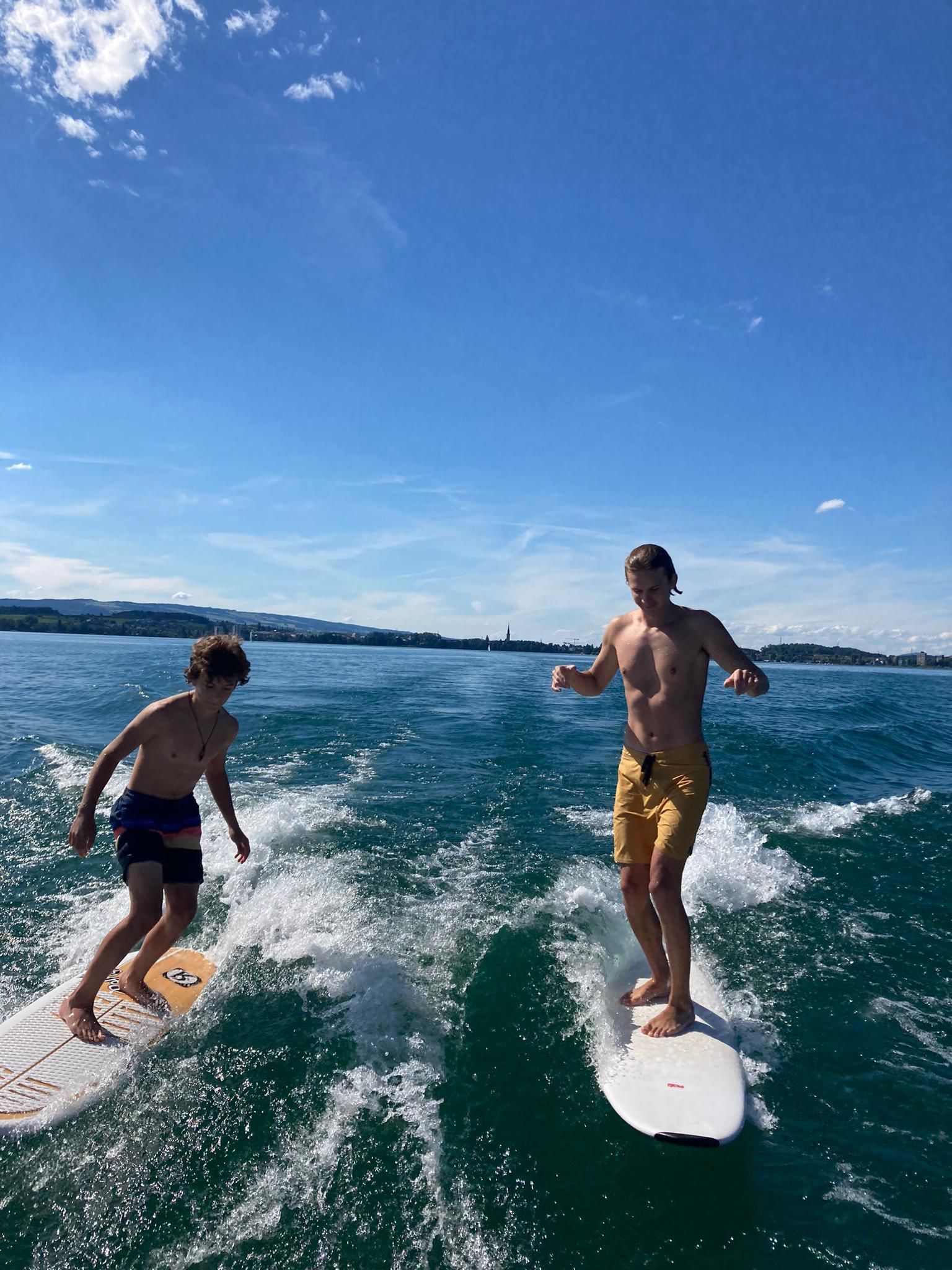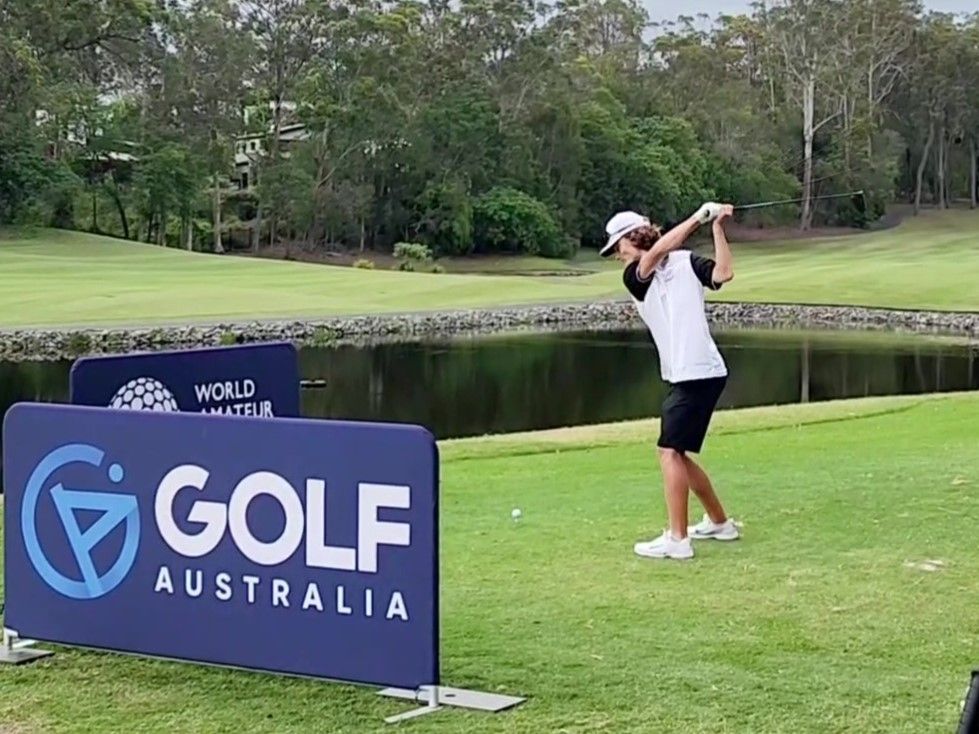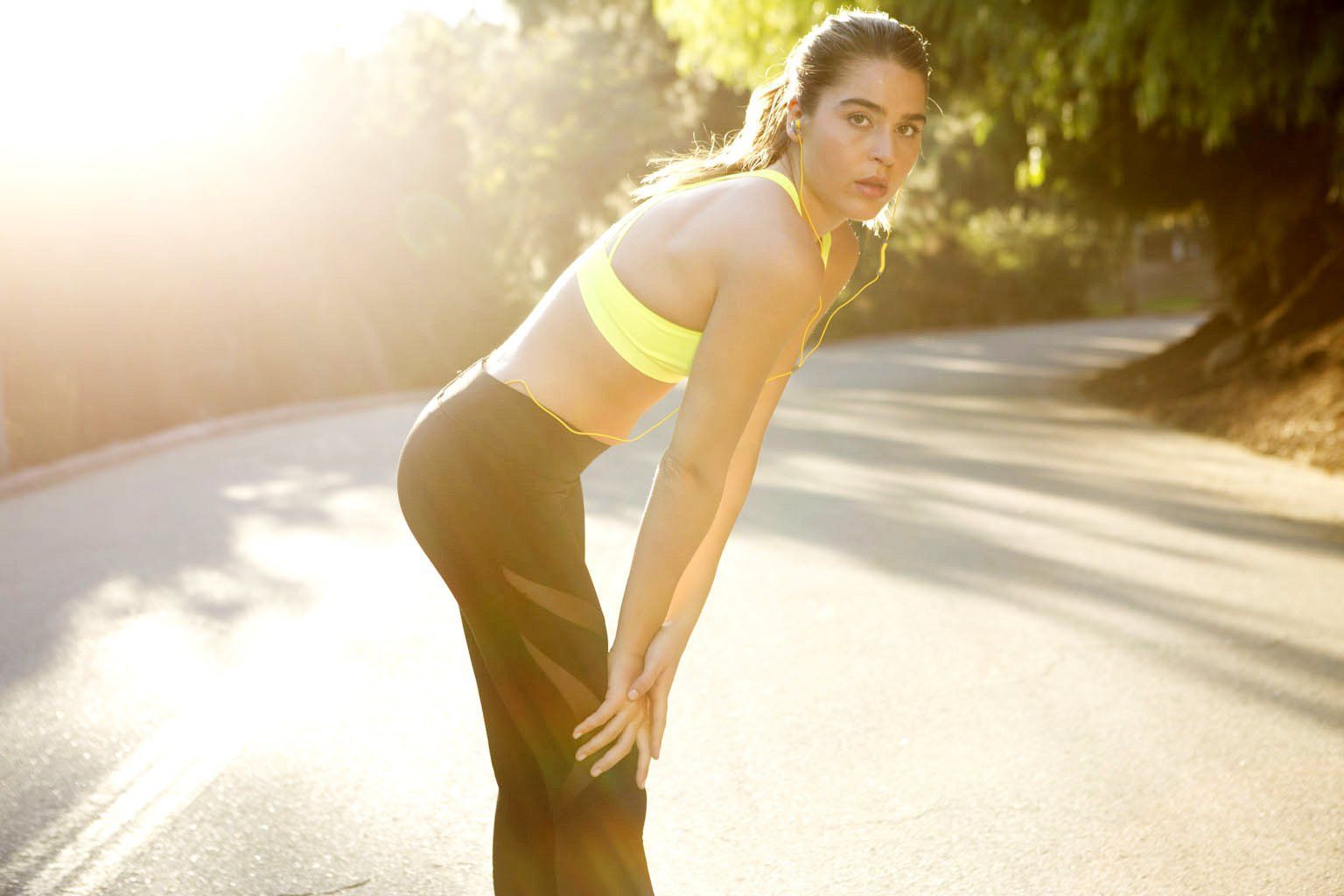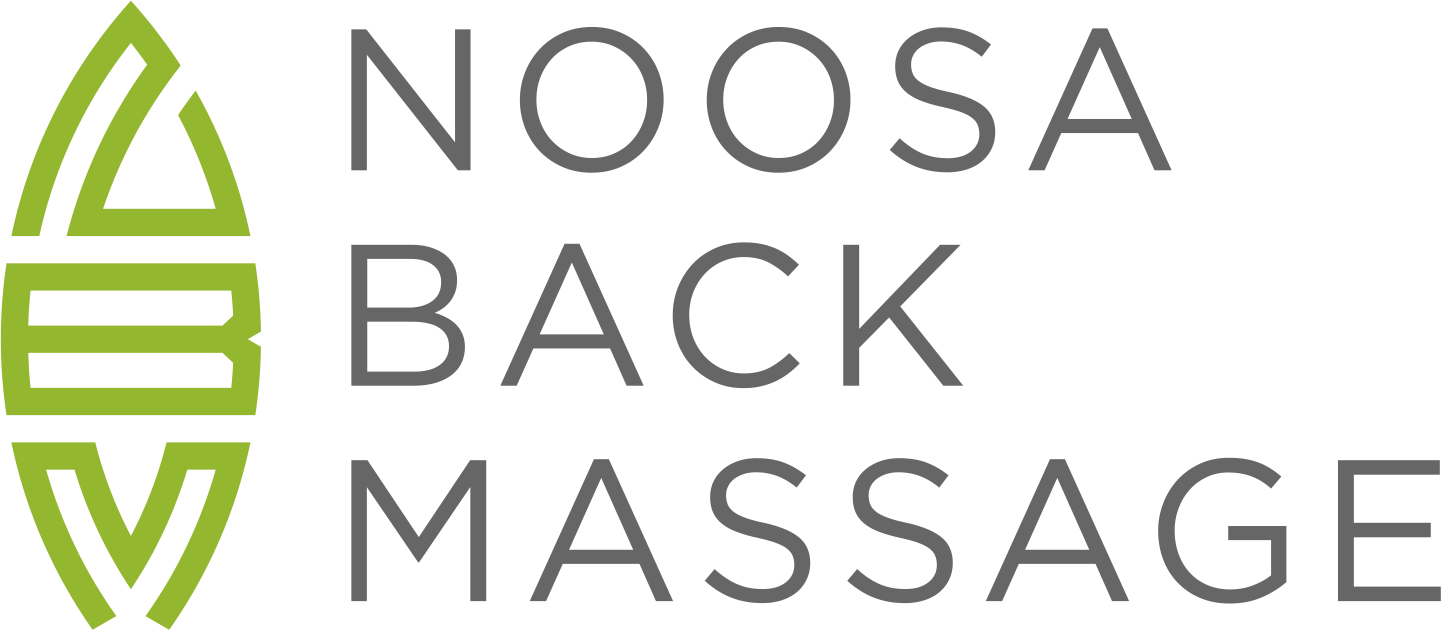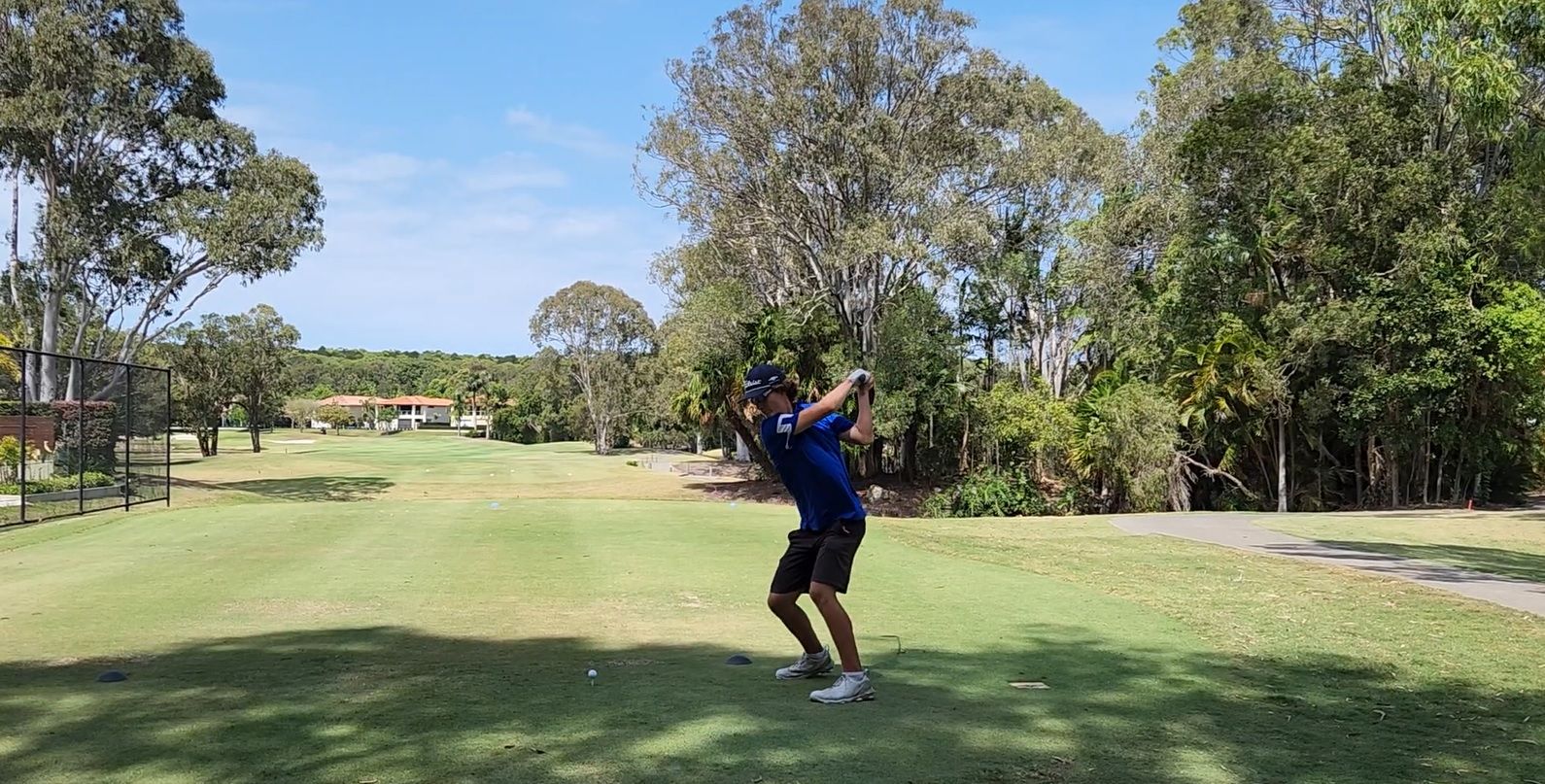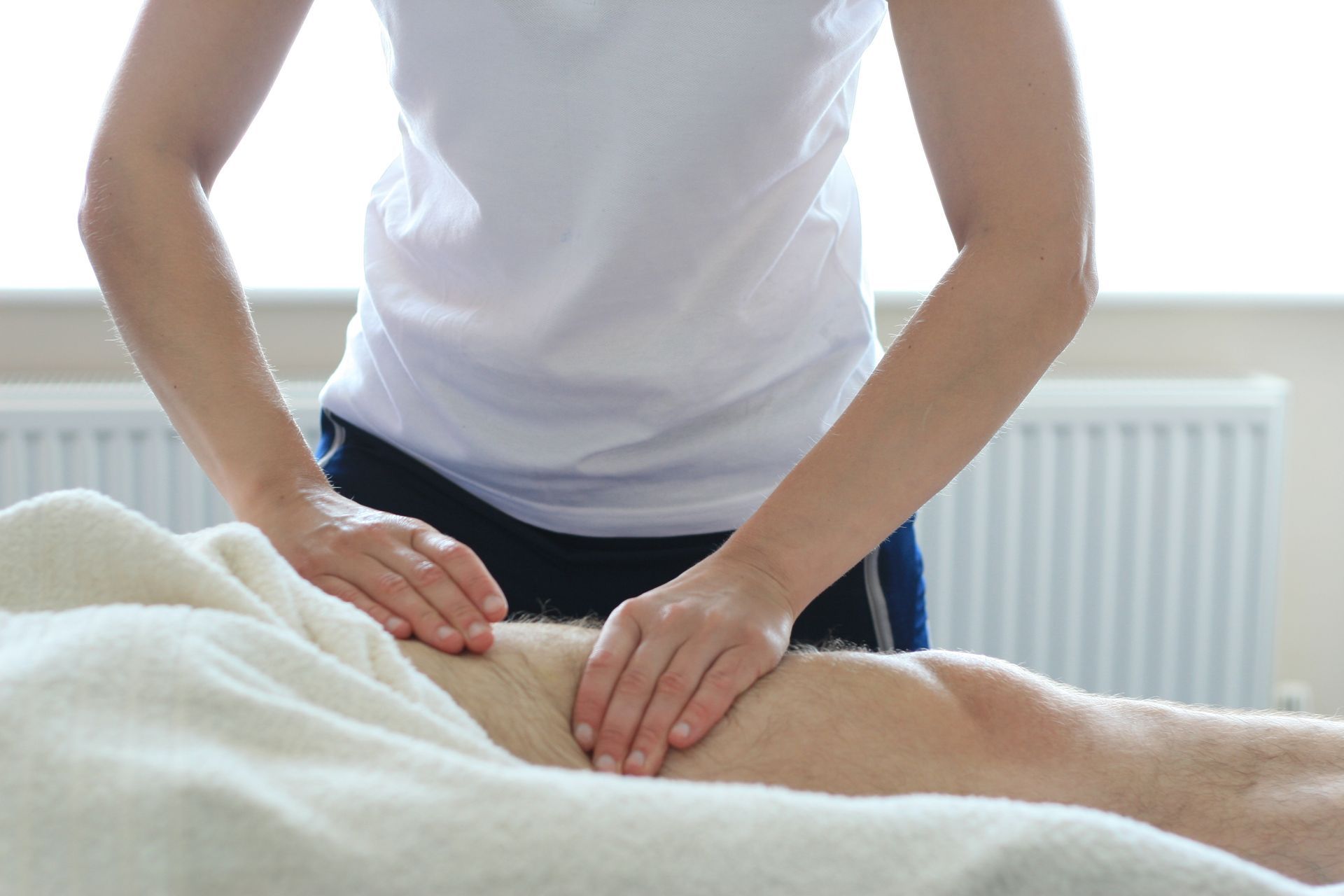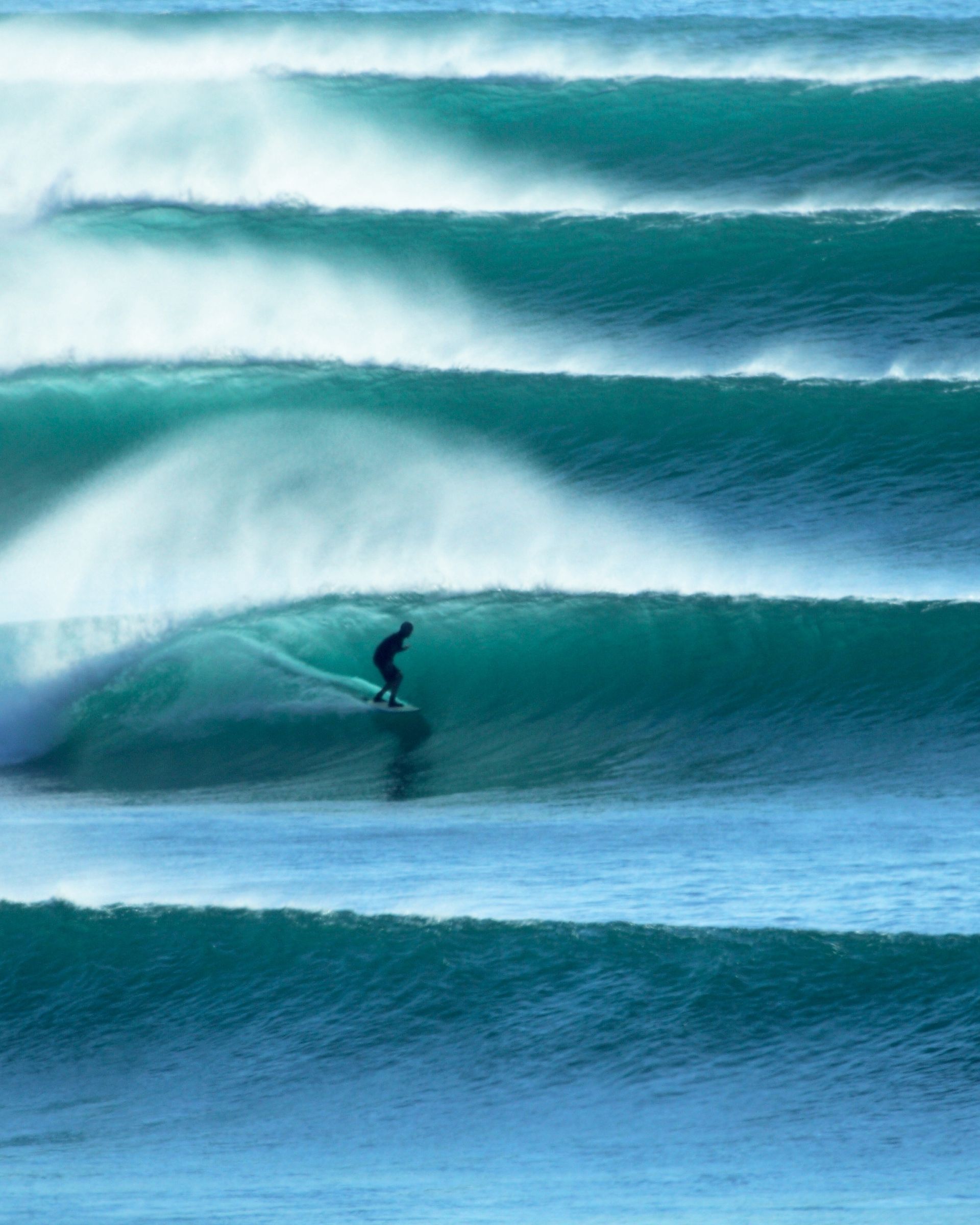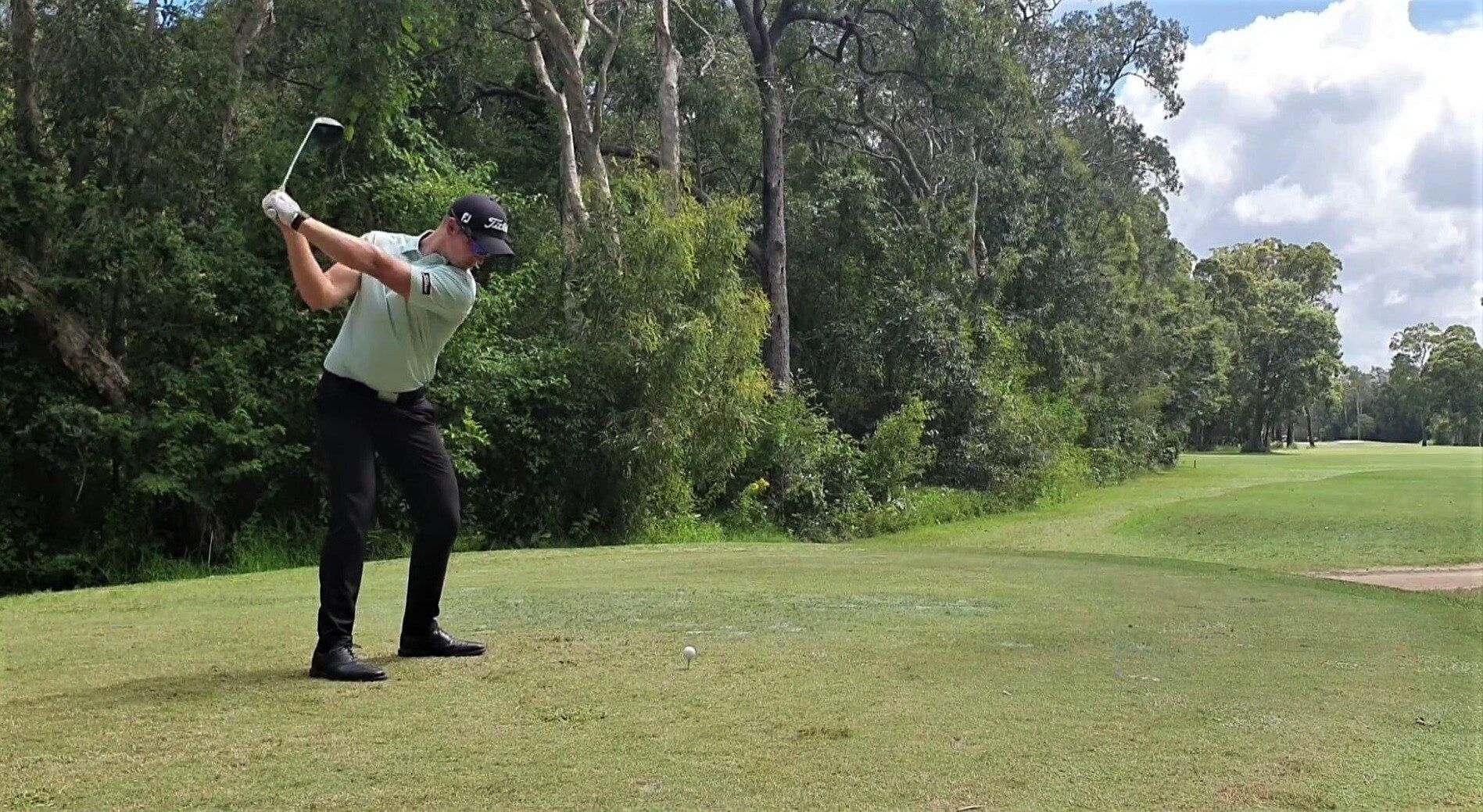Can Massage Help For Lower Back Pain?
Suffering from lower back pain? Here's what it is exactly and how we can treat it. Fast!
At any given time, about 25% of people report having low back pain within the past 3 months. Statistically a full 90% of us will experience lower back pain that requires specialist treatment at some point in our lives. In most cases, lower back pain is mild and disappears on its own. For some people, back pain can return or hang on, leading to a decrease in quality of life or even to disability.
Signs and Symptoms Of Lower Back Pain
The symptoms of low back pain vary a great deal. Your pain might be dull, burning, or sharp. You might feel it at a single point or over a broad area. It might be accompanied by muscle spasms or stiffness. Sometimes, it might spread into 1 or both legs.
There are 3 different types of low back pain:
- Acute – pain lasting less than 3 months
- Recurrent – acute symptoms come back
- Chronic – pain lasting longer than 3 months
Most people who have an episode of acute pain will have at least one recurrence. While the actual cause of lower back pain isn’t often known, symptoms often resolve on their own. Psychosocial factors, such as self-confidence and a perceived ability to cope with disability, have been shown to be predictors of who might not recover from low back pain as expected. We used to believe the cause of lower back pain was related directly to the tissues of our body, but are now understanding the condition to be more complex.
Although lower back pain is rarely serious or life threatening, there are several conditions that may be related to your low back pain, such as:
- Degenerative disk disease
- Lumbar spinal stenosis
- Fractures
- Herniated disk
- Osteoarthritis
- Osteoporosis
- Tumors of the spine
While we used to believe the above list contributed directly to low back pain, research has shown these conditions are also present in people without any pain (asymptomatic).
PLEASE NOTE: If your lower back pain is accompanied by loss of bowel or bladder control or numbness in the groin or inner thigh you should consult a doctor or even the emergency department asap. These symptoms might indicate a condition called “cauda equina syndrome,” in which nerves at the end of the spinal cord that control bowel and bladder function are being squeezed.
How Is Lower Back Pain Diagnosed?
If you visit a physiotherapist or doctor they will typically perform a thorough evaluation that includes:
- A review of your health history.
- Questions about your specific symptoms.
- A thorough examination that includes assessing the quality and quantity of your movements, and any movement behaviors that might put you at risk for delayed recovery.
- Tests to identify signs or symptoms that could indicate a serious health problem, such as broken bones or cancer.
- Assessment of how you use your body at work, at home, during sports, and at leisure.
For most cases of lower back pain imaging tests, such as x-rays, computed tomography (CT) scans, and magnetic resonance imaging (MRI) are not helpful for recovery.
Can Massage Help Lower Back Pain?
A massage therapist can help you improve or restore mobility and reduce low back pain—in many cases, without surgery and without the side effects of medication.
If you are having lower back pain right now, stay active, and do as much of your normal routine as possible (bed rest for longer than a day can actually slow down your recovery.) We’ve published a more thorough guide here.
Not all lower back pain is the same, so your treatment should be tailored to for your specific symptoms and condition. Once the examination is complete, your therapist will evaluate the results, identify the factors that have contributed to your specific back problem, and design an individualized treatment plan for your specific back problem.
Our treatment at Noosa Back Massage will include:
- Massage to improve the mobility of joints and soft tissues
- Specific strengthening and flexibility exercises
- Education about how you can take better care of your back
- Training for proper lifting, bending, and sitting; for doing chores both at work and in the home; and for proper sleeping positions
(We'll also recommend use of ice or heat treatments to help relieve pain)
Can this Injury or Condition be Prevented?
There are a few strategies you can follow to prevent back pain:
- Use good body positioning at work, home, or during leisure activities.
- Keep the load close to your body during lifting.
- Ask for help before lifting heavy objects.
- Maintain a regular physical fitness regimen—staying active can help to prevent injuries.
There is evolving evidence suggesting that the best strategy in preventing disability and care-seeking for low back pain is simply understanding what we are learning about the topic of pain.
What Kind of Massage Do I Need?
At Noosa Back Massage we're prepared to treat people who have low back pain through education and experience. A good therapist who is specialized in treating people with neck and back problems however will have more advanced knowledge, experience, and skills that apply to your condition.
In general when you’re looking for a massage therapist (or any other health care provider) consider the following:
- Get recommendations from family and friends or ask your doctor for a referral to a physiotherapist that he or she trusts.
- When you contact a physiotherapy clinic or Noosa Massage therapist for an appointment, ask about the therapists’ experience in helping people with your particular condition.
- During your first visit with the therapist, be prepared to describe your symptoms in as much detail as possible, and say what makes your symptoms worse.
At Noosa Back Massage we're specialized in treating back and neck conditions in patients of all ages. We’ve already helped almost a thousand patients to feel much better and we can help you too.
Have a great day! - Åsa
Share
